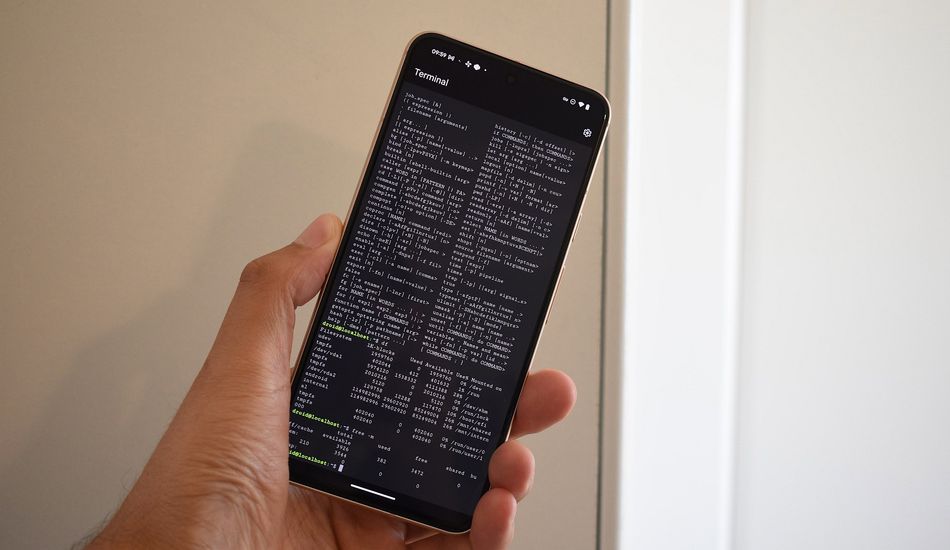
Unlocking Androids Linux Terminal: System Info, Games, and More
A largely unheralded feature of recent Android releases is the inclusion of a fully functional Linux terminal. This provides users of compatible devices, such as the Pixel line, with access to a powerful command-line interface within a contained virtual machine environment. While the initial visual of a black screen filled with text might seem daunting, the terminal offers a surprisingly versatile and engaging platform for various tasks, from system monitoring to retro gaming.
System Information and Monitoring
One practical application lies in system monitoring and information retrieval. Commands like neofetch and htop, easily installed via the apt package manager (sudo apt install neofetch; sudo apt install htop), provide detailed insights into RAM usage, CPU activity, and other crucial system metrics within the Debian-based virtual machine. This information can be valuable for understanding resource consumption and optimizing performance.
Retro Gaming on Your Phone
Beyond system administration, the terminal opens a window to retro gaming. Numerous classic titles, such as Bastet (sudo apt install bastet), Pacman4console, Moon-Buggy, Nsnake, and Ninvaders, are readily installable and playable directly within the terminal. Though playing on a smaller screen might require some adaptation, the experience offers a unique blend of nostalgia and technological ingenuity.
Networking and Remote Access
For users managing a network infrastructure, the terminal facilitates remote access via SSH. With the installation of OpenSSH (sudo apt install ssh), users can connect to other devices like Raspberry Pis running Pi-hole ad blockers, or home servers (NAS), providing a convenient way to monitor and manage these systems directly from their Android device.
Text Editing and Note-Taking
The terminal also serves as a surprisingly effective text editor. Nano (sudo apt install nano), a popular and user-friendly command-line editor, provides a basic yet functional text-editing environment. This allows for quick note-taking and file management directly within the terminal, making it a handy tool for quick tasks.
Beyond the Basics: Stress Testing and Visual Effects
More adventurous users can explore applications such as stress testing (sudo apt install stress) to evaluate system performance under load, or add visual flair with programs like cmatrix (sudo apt install cmatrix) to recreate the iconic scrolling matrix effect, or nyancat (sudo apt install nyancat) for a nostalgic pop-culture treat. These showcase the terminal’s flexibility and potential for both practical and recreational purposes.
While currently limited to a Debian environment, the future integration of full Linux applications within Android's desktop mode promises even greater capabilities. The current Linux terminal on Android provides a valuable tool for learning, experimentation, and light development, hinting at the exciting possibilities to come.
Source: AndroidAuthority